November 10, 2013
True fall tends to make me ruminisce (a hybrid mental process involving both reminiscence and rumination), often tending towards the melancholy. True fall is for me defined by two things: the point in time when I begin to perceive a significant change in temperature, cross-factored with a decided shift in the bird fauna from the transient migrants towards winter residents. The indicator event of the latter is for me is the ascendance of the yellow-rumped warblers¸ the fourth wave of migrant warblers, to numerical dominance. I encountered both those indicators this morning when I cruised Lake George Conservation Area, just west of Seville. So it’s not surprising that a lot of stuff I experienced today brought back memories. Most good, some bittersweet.
After a spectacular mackerel sunrise that I was unable to capture on sensor because I failed to follow Skeate’s 6 P’s (prior planning prevents piss-poor performance), I reached the entrance to LGCA at Truck Trail 2 a bit after sunrise. The spectacular sunrise soon turned to a mostly overcast, dully-colored kind of early morning. Bird activity was notably lacking at first light. At my first stop, unproductive for birds, I found a jaundiced-looking lynx spider in a fruiting branch of beautyberry that seemed photoworthy. As happens nearly every time I do anything related to spiders, I thought of my graduate school friend Craig Hieber, who taught me a significant proportion of what I know about Florida spiders.
Craig was a great blond bear of a man, with a huge appetite for life and a big, big heart. He was also a spider fanatic. We spent many enjoyable hours in the field cross-pollinating each other with inane trivia from our own area of expertise. I’ll never forget the time Craig hummed to a Neoscona in its web, and by hitting some particular frequency to which that species is attuned, caused the spider to snap immediately into an alert, forelimbs-raised hunting posture. A revelation for me about spider behavior. Craig died unexpectedly several years ago, far too young. I remember feeling like I’d been stabbed in the heart when I first learned of his death. But I remember him and the cool stuff he taught me all the time. I think it was Alice Sebold who wrote in The Lovely Bones something to the effect that when you have a memory of someone who has died it means that person’s spirit or essence is near you. If that’s true, Craig spends a lot of time hanging out around me.
The other old friends that I remembered this morning didn’t bring such a mixed bag of feelings. They were mostly the winter resident birds that have recently begun to dominate the avifauna. I love seeing transient migrants simply because of their evanescence. My encounters with the transients are too brief to feel like I really grok them though. With the winter birds, it’s different. They are around for a good four to five months. I get to see them and interact with them over and over again during their winter stay. And for some of the more common ones, I get more of a visceral feel for what they are and what they do. Whatever the hell that means.
Yellow-rumped warblers were the most abundant passerines of the morning. One flock contained several dozen birds. They just continued to drop out of the skies. As is typical of my experience with the butterbutts, they are dedicated mobbers, but relatively shy and skittish compared to most other mobbing warblers. In the large flock, not a one came down from the treetops. When the occasional bird does approach more closely, the slightest movement is all it takes to send the lot of them scattering for cover. Still, it’s just very cool to see flocks containing that many passerines again. One of the things I really like about the winter bird fauna.
Every afternoon from about this time of fall until spring migration, the yellow-rumps move through my yard about an hour or so before sunset. Flocks of anywhere from a half-dozen to 30 or more will appear from nowhere and glean the oaks and cherries in my yard. They usually stay a half-hour or so, then move on. Regular as clockwork. Where are they coming from, and where are they heading to roost? They clearly have a schedule to keep.
Yellow-bellied sapsuckers are another winter friend I love seeing again each fall. I had seen a few sapsuckers in the previous couple of weeks with the Ornithology class, but hadn’t got a chance to watch one at length before this morning. I don’t think I can say I really grok sapsuckers yet, but I’m getting closer. Such a recluse, for a woodpecker. Maybe that’s one of reasons I like them so much – the whole birds of a feather thing. All of our other woodpeckers are pretty good at making a dramatic entrance when they want to – a big power glide and swoop onto an open trunk is pretty hard to miss. Sapsuckers may be able to do that, but they don’t seem to want to very often. They just kind of slip in quietly most of the time, and all of a sudden they are there. And disappear just as quickly. Their presence is better judged by their works. In some habitats, sapsucker drill holes are everywhere.
Can plants be friends? Hell yes they can. As the great Zappa once wrote, “Call any vegetable, call it by name. Call one today, when you get off the train. Call any vegetable, and the chances are good That the vegetable will respond to you”. So I was thrilled to see big lavender swaths of my old friend Garberia in the flatwoods this morning. I think of Garberia as a scrub plant, but there they were in the flatwoods looking happy as clams. Not only is Garberia a lovely plant as judged by the standards of the pure botanist, it is notable for other less obvious reasons. It’s a very non-composite-like composite to me, which is especially welcome at this time of year when composites of all kinds are going nuts. Garberia seems to me to be a composite that would really rather be an ericad. So it has that going for it, which is nice.
But it’s also something of a whore for pollinators. Anybody will do, it seems. I have, of course, fallen victim to one of the classic blunders, the most famous of which is “never get involved in a land war in Asia”, but only slightly less well known is never make the assumption that all insects visiting a flower are pollinators. Still, given the relatively open flower morphology and the long easily accessible stamens and style, it doesn’t seem like total heresy to suggest that most of the flies, bees, wasps, skippers and other butterflies swarming over these lush Garberia flowers might effect pollination to some degree.
The highlight of the activity at the Garberia patch was provided by another old friend, a Carolina anole. This one was creeping around the foliage below the big flower heads, his pie-hole crammed with a skipper he had recently snagged from above. The stink eye he was giving me as he tried to figure out what to do with his mouthful of chitin suggested that his thoughts towards me weren’t as fraternal as mine towards him. At least at that moment.
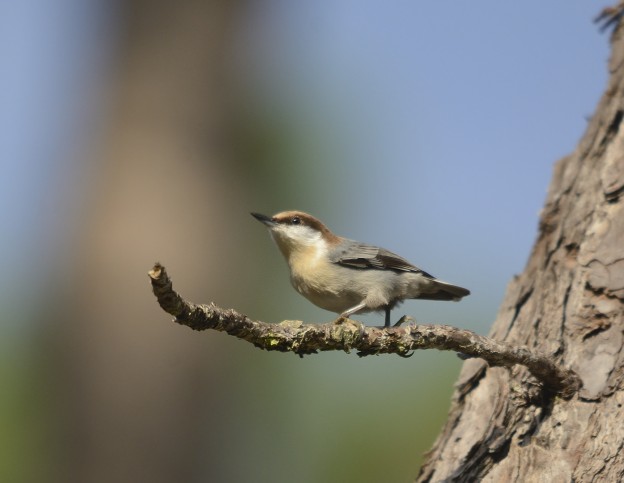
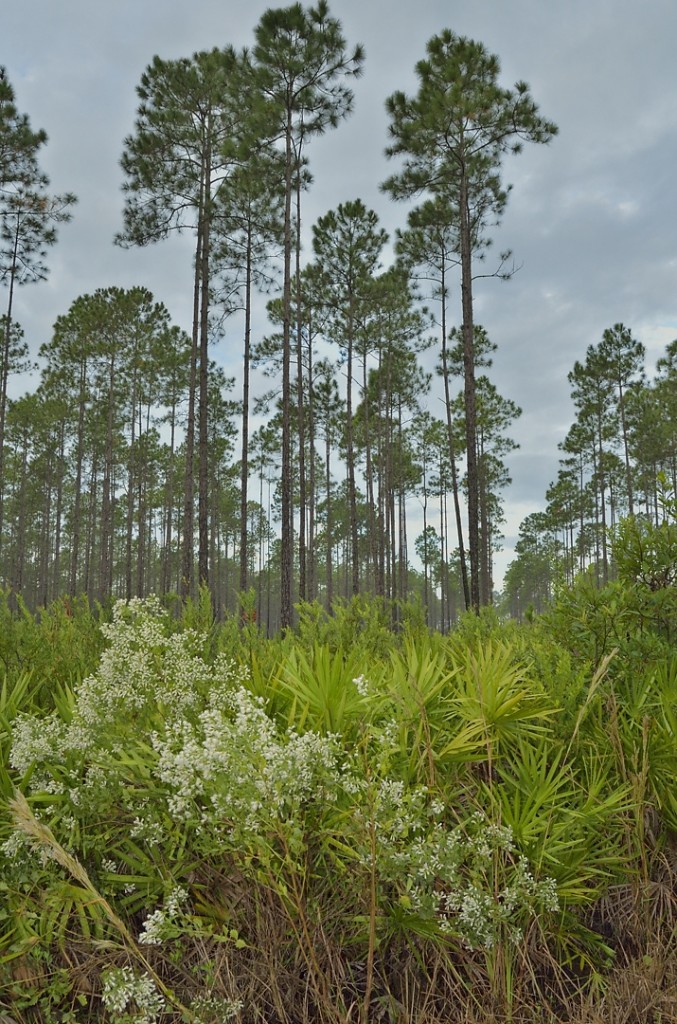
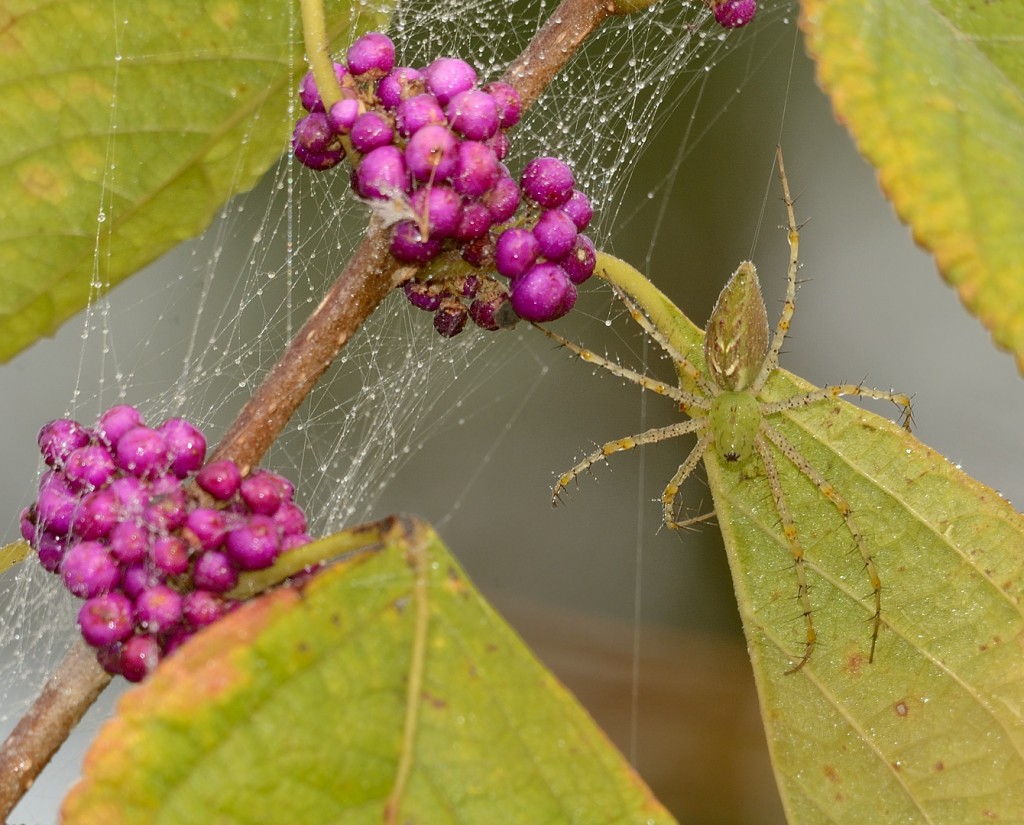
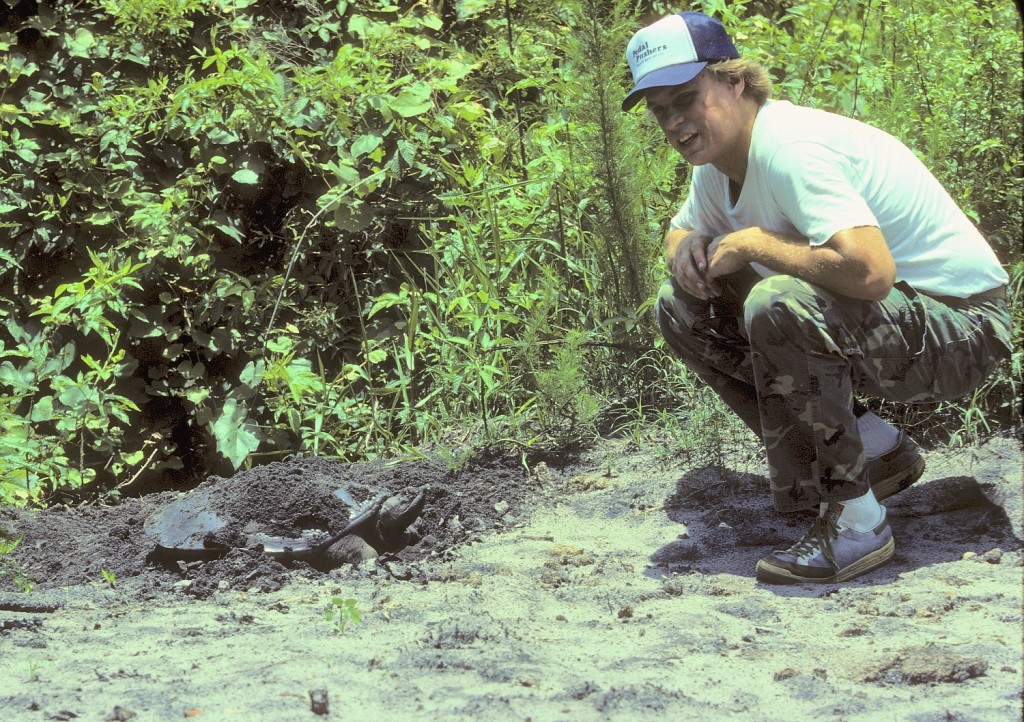
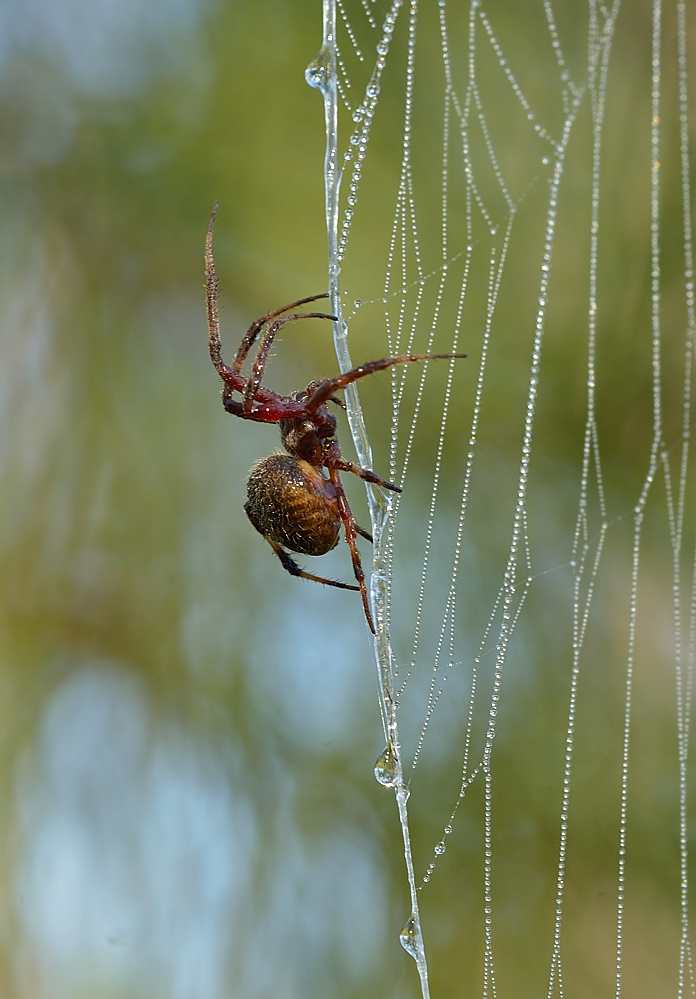
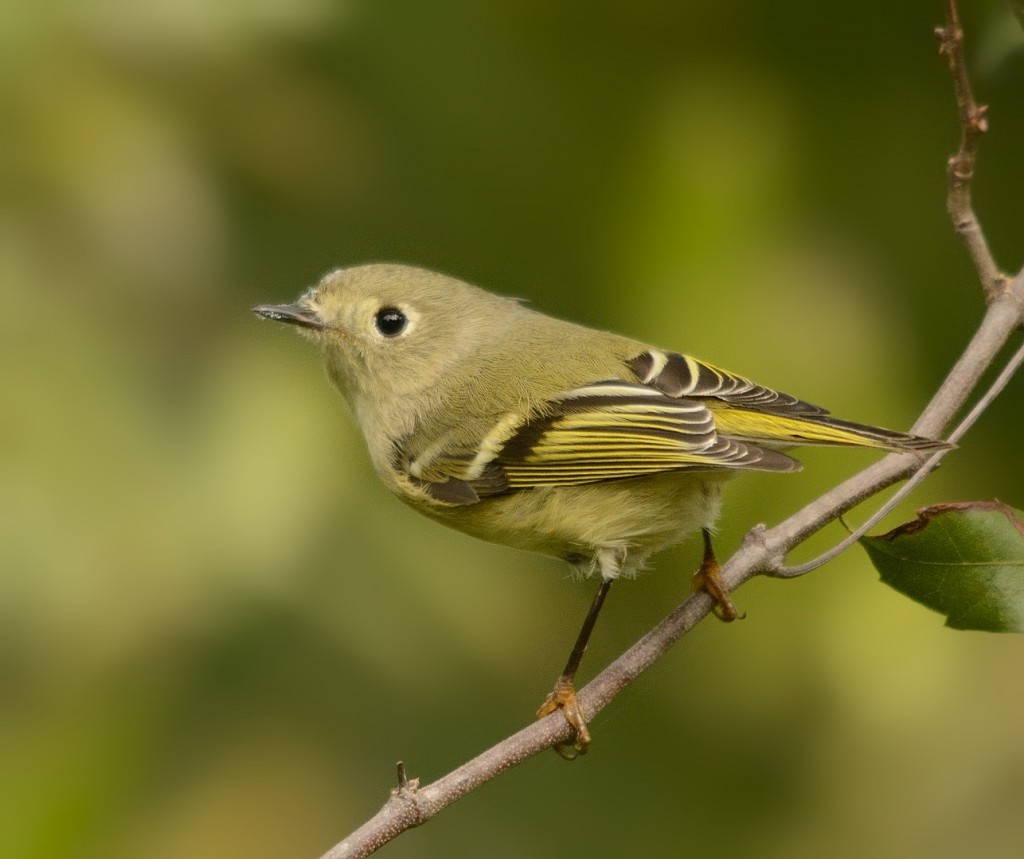
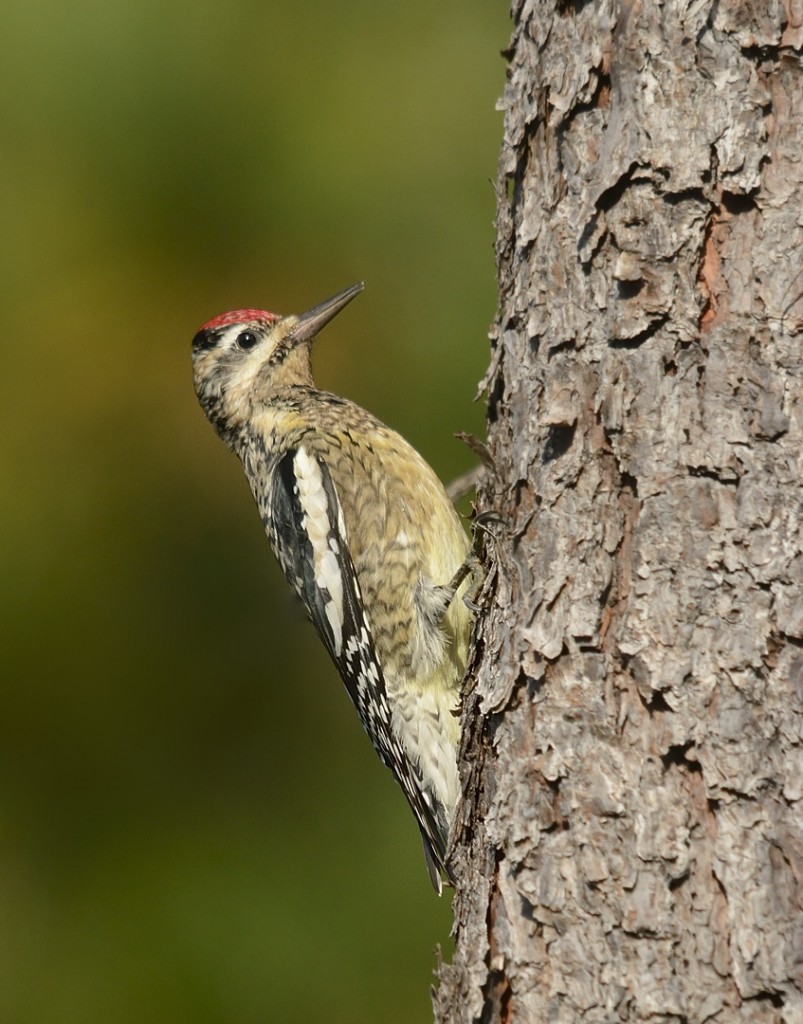
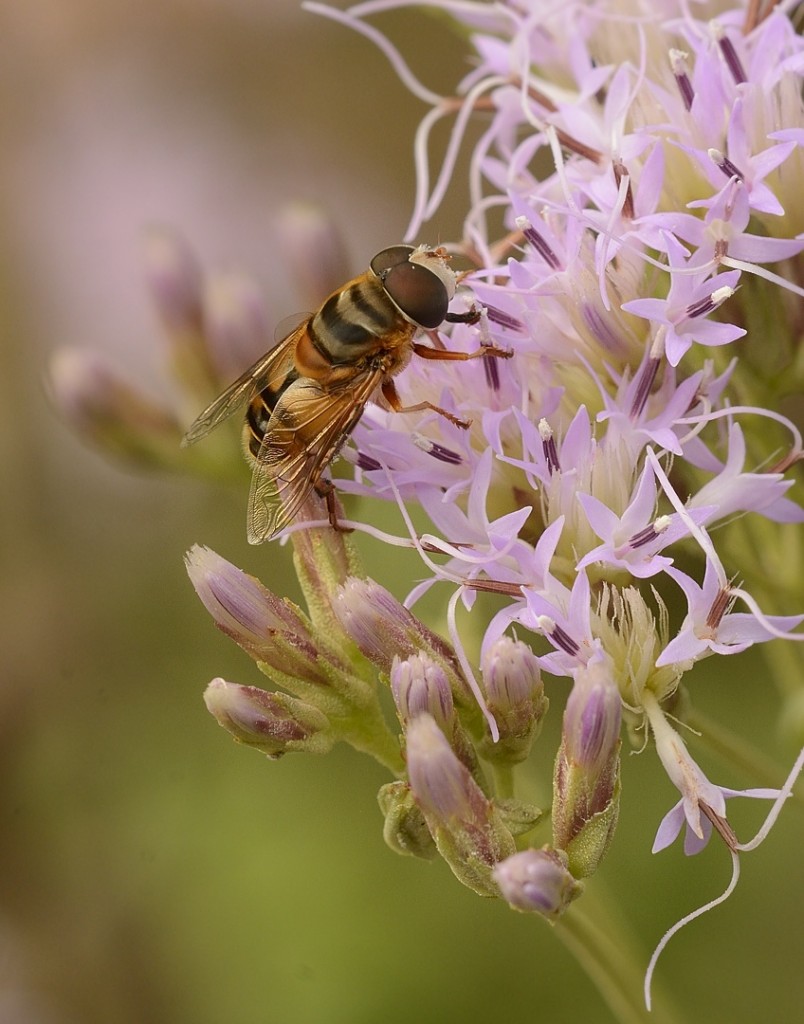
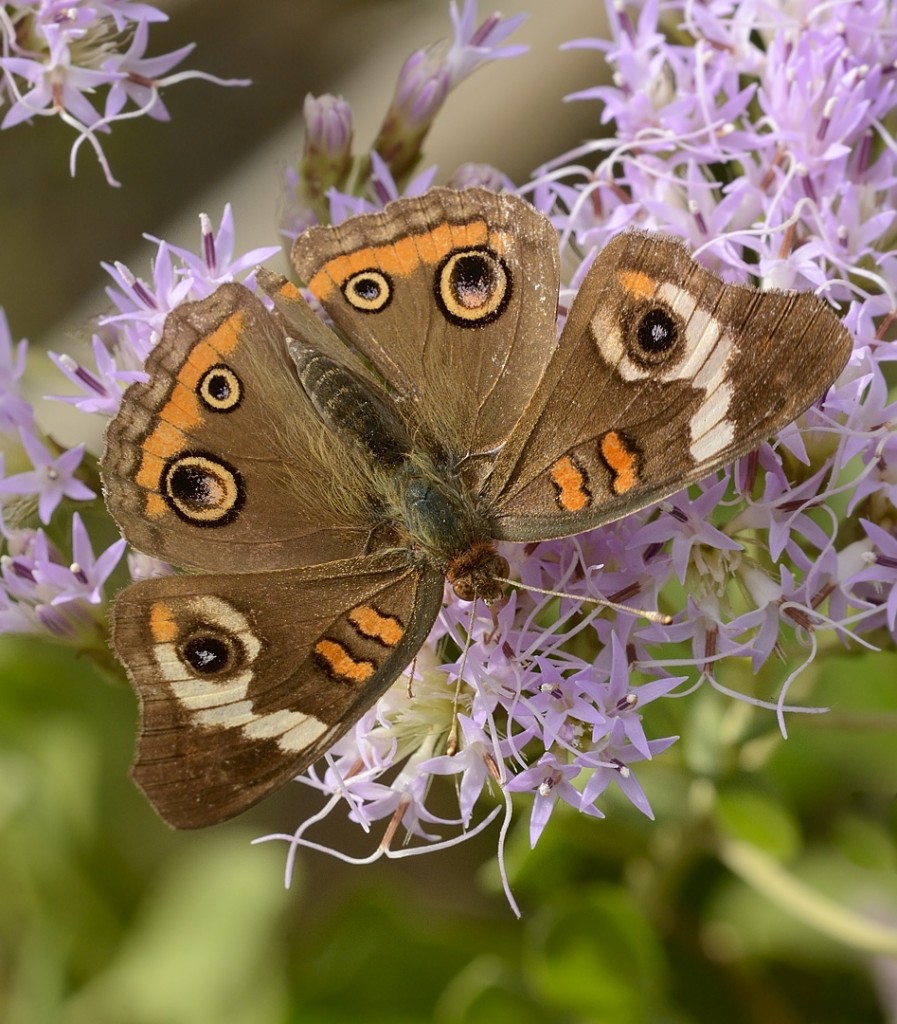
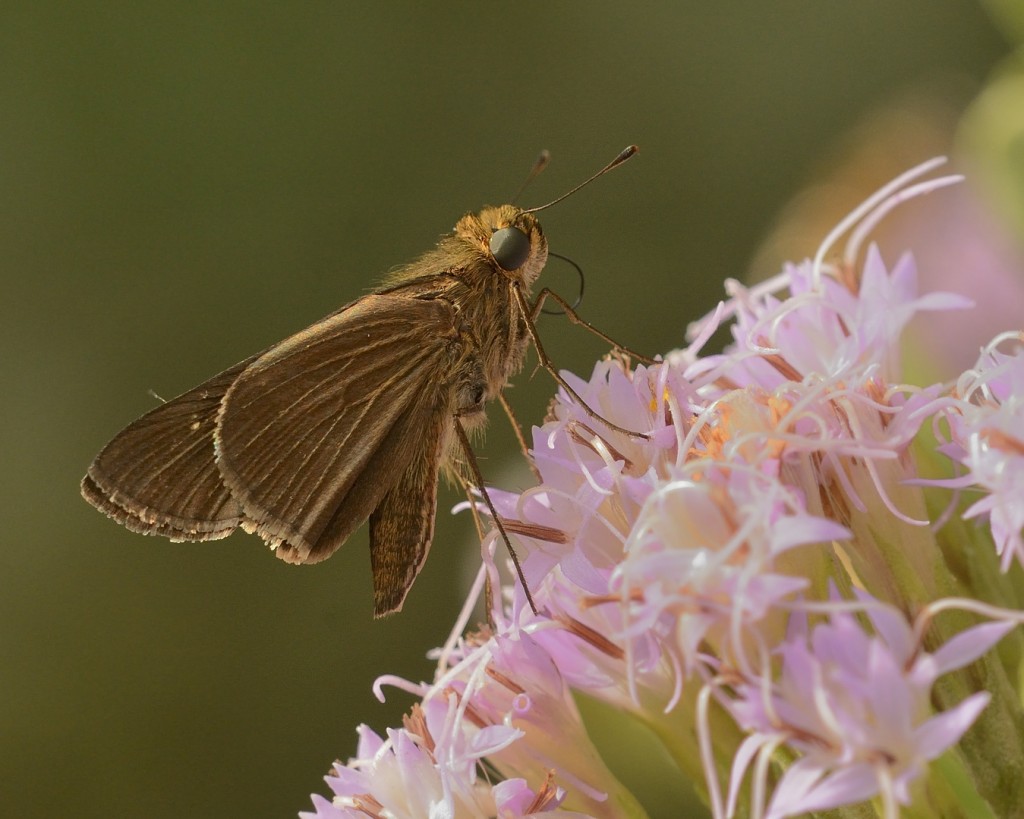
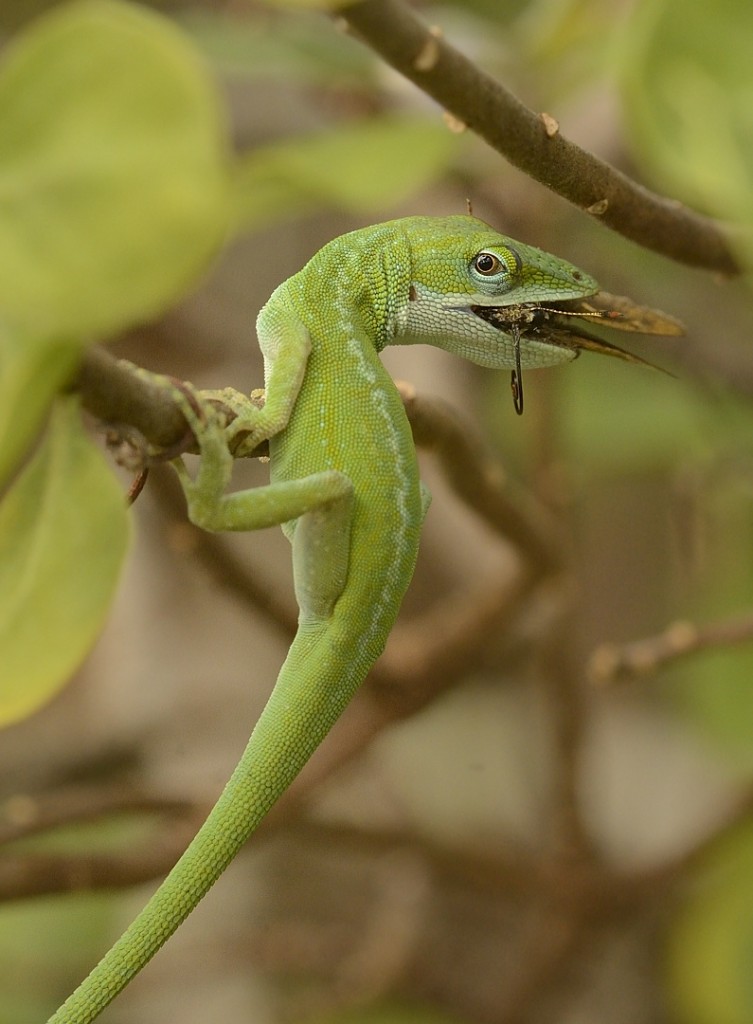
Best picture of an anole ever. He looks positively Dinosaurus. As an amateur naturalist and fan of Florida wildlife, I enjoy following your blog very much. Thanks for writing it.
Thanks for your generous comments, Lenore.
Thank you for sharing the lovely memory of Craig, and the great picture. God, we were so young! It does not surprise me at all that Craig hovers near you. Your photographs would make him so happy. Best, Sherry
Thank you, Sherry.
Peter, I’ve recently found your blog and I appreciative the amount of information that you share with us. As an amateur photographer I am also very impressed by the quality of your photographs. i wish I had your skills…what equipment are you using? Are you shooting with a flash?
Thanks,
Ron
Thanks so much, Ron. I use Nikon bodies – D7100 and D7000, and mostly Sigma lenses (150-500 OS for birds, 150 OS Macro), with a cheapie Nikon 18-55 kit lens for habitats and general shots. I sometimes use flash on macro shots, but rarely on birds. I prefer natural light if I can get away with it.